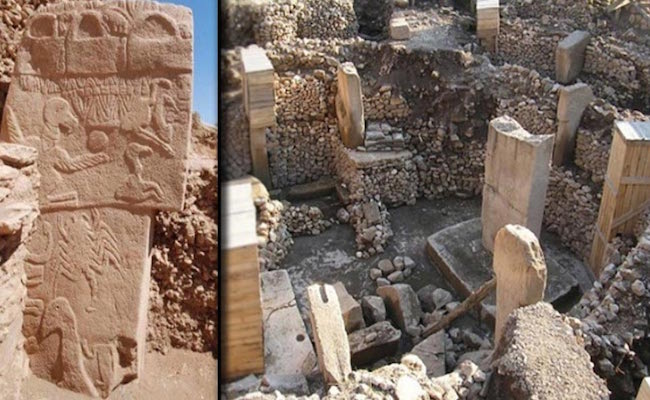Meteor Showers and Fun Facts

Have you ever seen a meteor shower? Do you know where they come from? What happens if one lands in your backyard? Read on to learn about meteors, showers, and other fun facts.
Man has recorded the existence of meteor showers since the time of cave men. Ancient cave dwellings show depictions of objects falling from space to the earth. These ancient cave dwellers surely did not have an understanding of what these objects were and probably stayed in their caves until the showers passed. Due to the advanced technology and knowledge by scientists we can define what these object are and where they came from.
Meteors
Most of them are fragments of asteroids that broke apart long ago in the asteroid belt, located between Mars and Jupiter. Such fragments orbit the Sun for some time-often millions of years-before colliding with Earth.
- Comet- A solid body made of ice, rock, dust and frozen gases. As they fracture and disintegrate, some comets leave a trail of solid debris.
- Asteroid- A small rocky iron or icy debris flying in space. Size – 1 meter to hundred of kilometers.
- Meteoroid- A small asteroid. Size- 1 Micron (a millionth of a meter) to 1 meter
- Meteor- The light emitted from a meteoroid or an asteroid as it enters the atmosphere
- Meteor Shower- An annual event, when the Earth passes through a region having a great concentration of debris, such as particles left by a comet. From Earth, it looks like meteors radiate from the same point in the night sky.
- Fireball- A meteor brighter than the planet Venus.
- Bolide- The light emitted by a large meteoroid or an asteroid as it explodes in the atmosphere.
- Meteorite- A fragment of a meteoroid or an asteroid that survives passing through the atmosphere and hits the ground.

Vulture Stone
Ancient Meteor Sightings
- The vulture stone located in Turkey at Gobekli Tepe indicates a depiction of a comet strike in the year 10,950 BC.
- A tapestry called the Bayeux Tapestry show men staring at Halley’s Comet (1066 A.D.).
- In the year 1300 A.D., on St. Andrew’s Day, a comet appeared in the sky and an earthquake shook the ground.
- In 1401 A.D. a big comet with a tail appeared in Germany. Another appeared in Germany in the year 1456.
- 1492 the Ensisheim Meteorite fell in a wheat field outside of Ensisheim, Austria.
- Albrecht Durer’s engraving Melencolia 1 depicts a meteor shooting across the sky in the year 1514.
- In 1704 a meteor exploded over Catalonia on Christmas Day.
How to Tell If That Rock is A Meteor in Your Backyard?
If you get up one morning and a strange stone appears in your backyard how will you know if it is a meteor? To begin with meteorites hitting the Earth are extremely rare. Meteors enter the Earth’s atmosphere at speeds ranging from 31,000 miles per hour to 100,000 miles per hour. They often burn themselves out and if they do get farther into the atmosphere they slow down. If you still believe a meteorite landed in your back yard more often than not it’s size will be quite small.
Some Basic Tests To Identify a Meteor :
- About 90% of meteorites will attract a magnet.
- It contains Native Iron- bright silver color when cut or sanded. It is malleable and rare in natural earth rocks.
- Rust- Meteorites almost always contain unoxidized iron and once they arrive on Earth they being to rust.
- Meteorites almost never have Quartz
- Almost never have bubbles.
- Do not look like River Rocks.
Meteors have crashed into the earth and raced across the horizon for thousands of years. Scientists have classified these objects depending on many factors including size and light emission. Less than 1800 Meteorites have been found in the United States over the past 200 years. Although the chances of having one land in your backyard is extremely rare, a trained scientists from a local university should help with determining whether it came from outer space.
Be sure to mark your calendars for the 2017 Meteor Showers.
August 12th, October 21, November 16 and December 13
